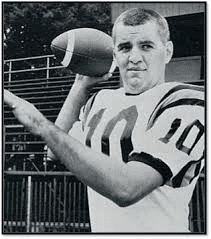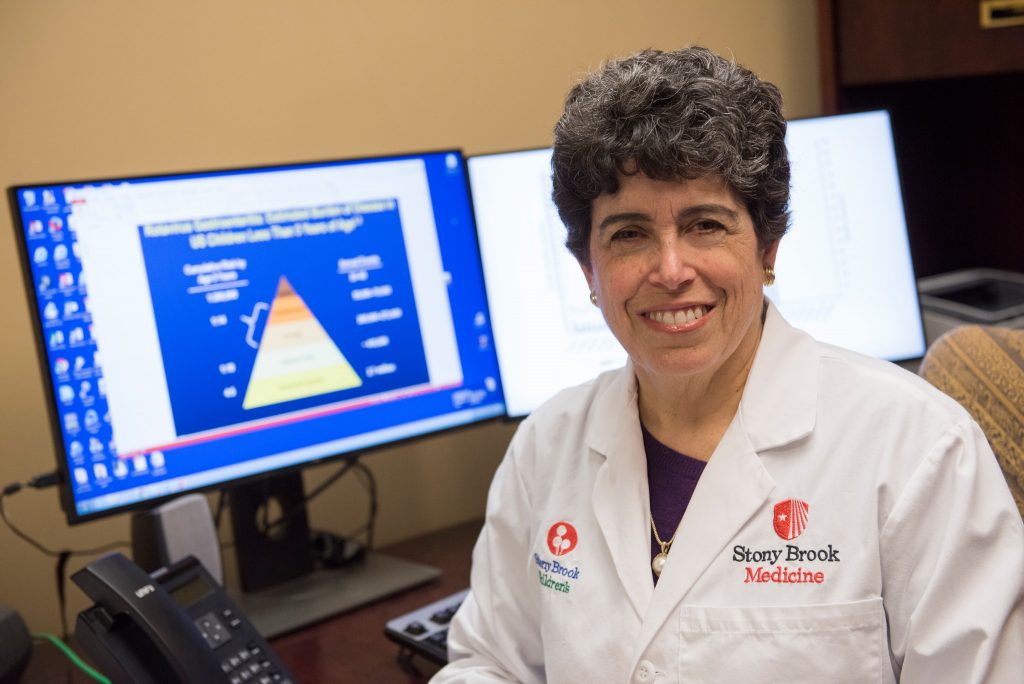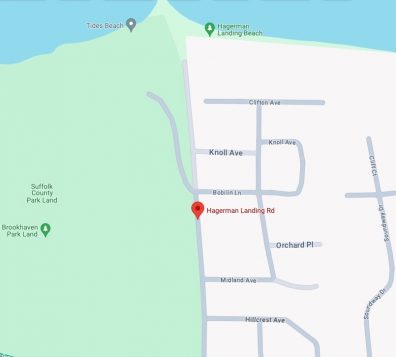Ending epilepsy on the golf course, one swing at a time

By Gabby Daniels
Is there anything better than a day on the golf course?
Just ask Joey and Nina Meyer, whose day was not only filled with golf, family, friends and fun, but was one that supported the cause so near and dear to their hearts.
In May of 2022, Nina Meyer was diagnosed with epilepsy, and it quickly took a toll on her life. Having been there through Nina’s two brain surgeries and watching her face an everyday battle with seizures and constant medications, her husband Joey knew he had to do something that could help turn this difficult disorder into something more positive.
Partnering with the Epilepsy Foundation of Long Island, Meyer organized the “2024 Open to End Epilepsy” fundraiser in hopes of making a difference. The event took place on Sept. 20, at the Willow Creek Golf and Country Club in Mount Sinai.
A day filled with donations, camaraderie, awareness and hope, the day not only celebrated the spirit of community, but also fostered a deeper understanding of epilepsy, ensuring that no one has to face this challenge alone.

“When my wife was first diagnosed with epilepsy, it felt hopeless because we did not really know what to do,” Meyer said.
“Having this event, our goal was to get others talking about epilepsy so that those going through it could feel supported and seen. It was a great way to raise money and awareness for others going through a similar experience as Nina, and we can let people know about the epilepsy foundation and everything they provide in the process,” Meyer said.
The event proved to be more than impactful, raising over $15,000 from event tickets and sponsorships alone.
“Our goal was to raise at least $20,000 today, and we have made great progress already,” Meyer said. “We have raffle tickets for sale, games and dinner to follow the golf outing, so I think we are on track to hit our goal.”
Being quite the beautiful day on the golf course, event attendees were thrilled to take part in the event. “It has been so nice out today, getting to golf, hang out, and support a good cause,” stated Amber Ciccotto, a friend of the Meyers.
“Nina has told me so much about her experience with epilepsy, and I think it is so important to learn as much as you can about it so you can be there for your loved ones who deal with it.”
The course was also lined with other fundraisers, such as Charity Golf, and their long-drive competition.
Hosted by Michael Watson, who has appeared in 4 World Long Drive championships, golfers were offered the opportunity to participate in a ‘Hole in 2’ competition, with a minimum donation that could win them a 3-day trip to San Francisco’s Pebble Beach Lodge.

“There have been so many generous people out here today,” Watson said. “We have gotten a lot of donations, and it has been really fun doing this for the Meyers and the foundation.”
With directing members Irene Rodgers and Janet Romeo of the Epilepsy Foundation of Long Island in attendance, anyone at the event was able to learn more about the disorder. The foundation, founded in 1953, is a nonprofit organization whose mission is “to improve the lives of people affected by epilepsy through education, advocacy, research and connection.”
“We were so touched and honored that the Meyers reached out to us because it gives us the chance to share the resources and education opportunities we offer within the organization,” said Rodgers.
“We are there for anyone and everyone that has a diagnosis, but we also support their loved ones, their caregivers, and anyone else interested. We provide support, information and referrals; we provide training in seizure recognition, and we advocate. Whatever they need, we want to be there.”
Gabby Daniels is a reporter with The SBU Media Group, part of Stony Brook University’s
School of Communication and Journalism’s Working Newsroom program for students and local media.







































